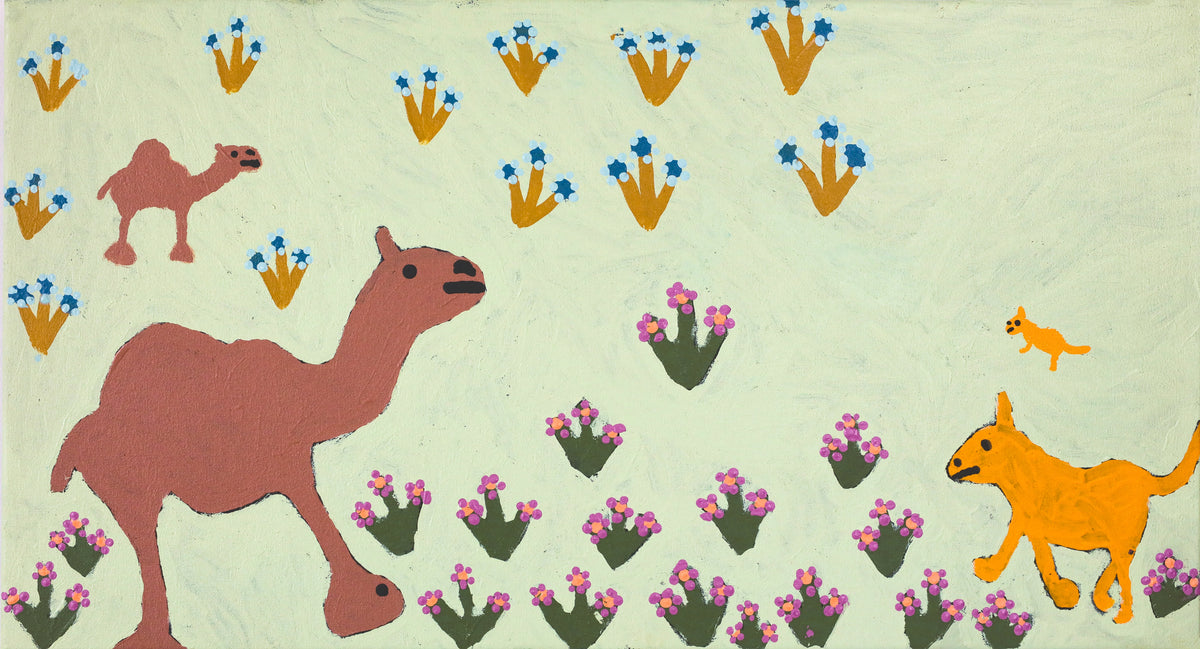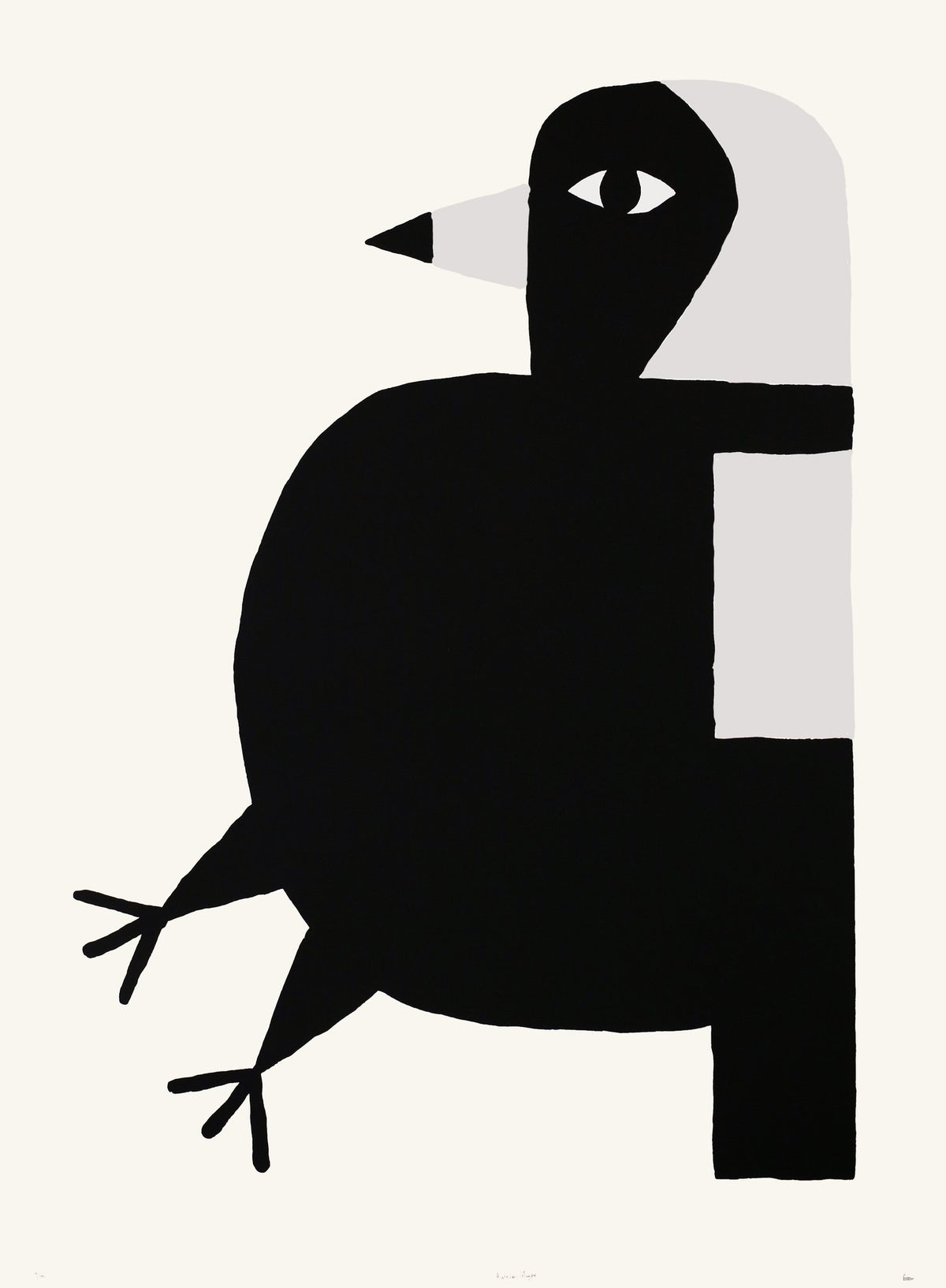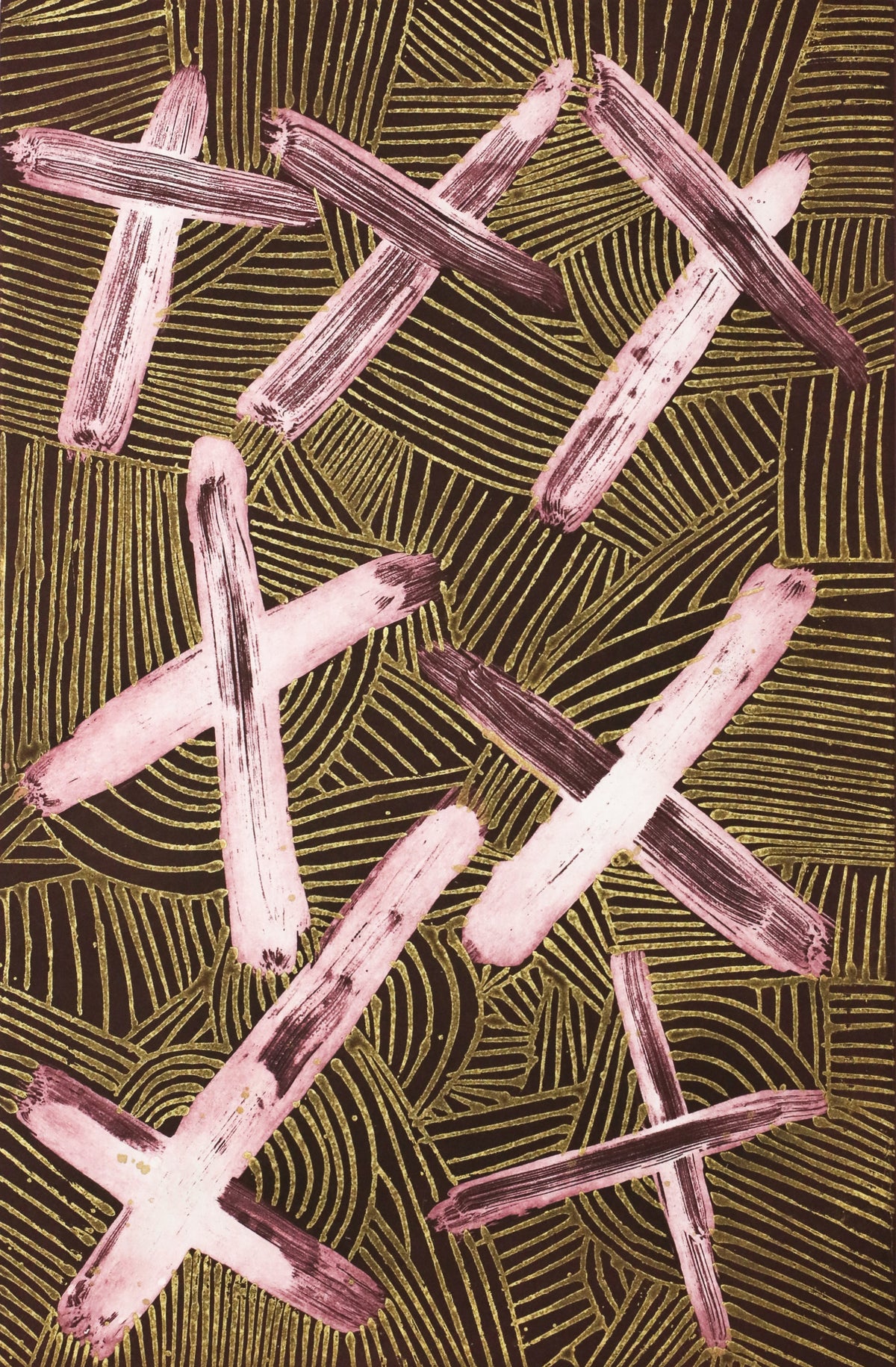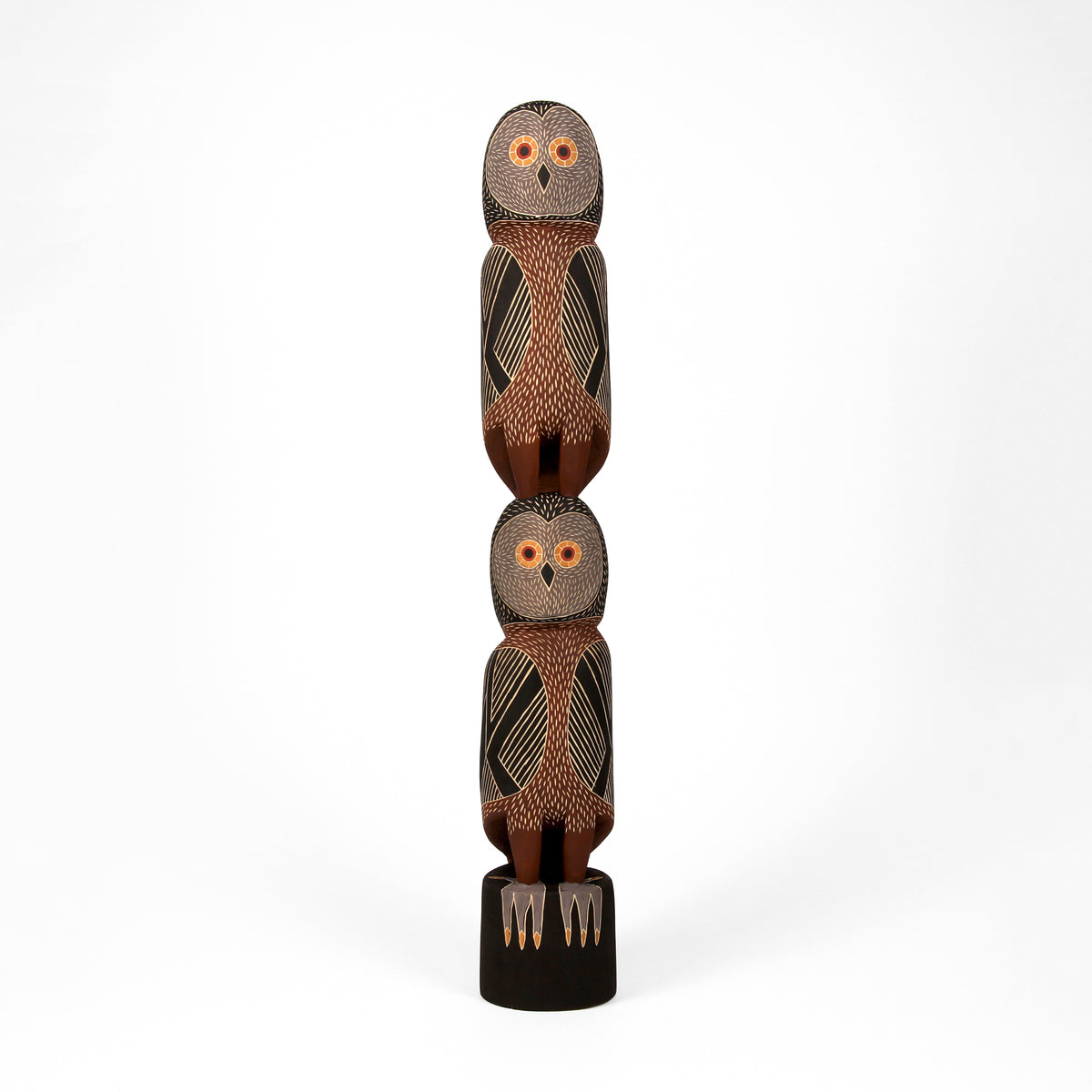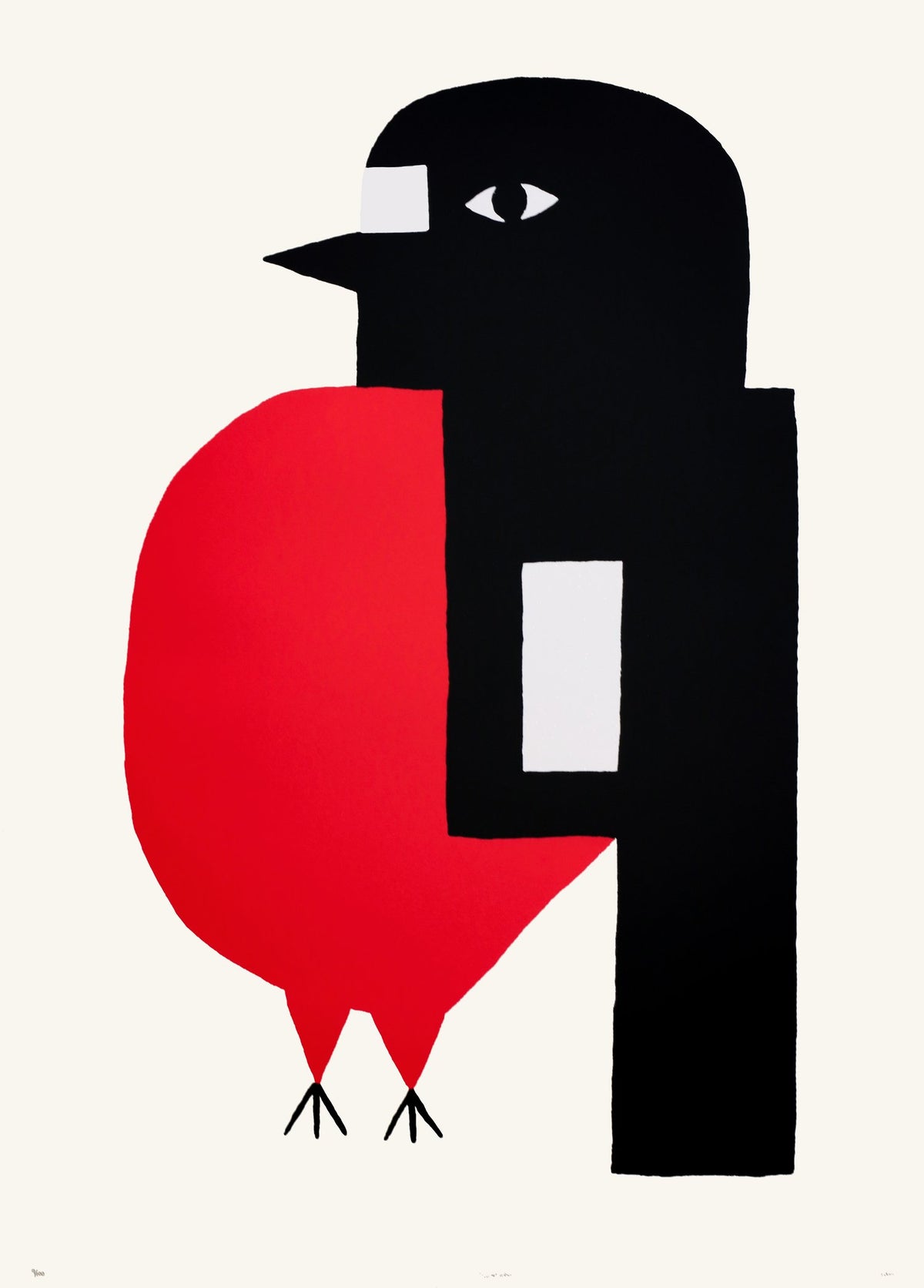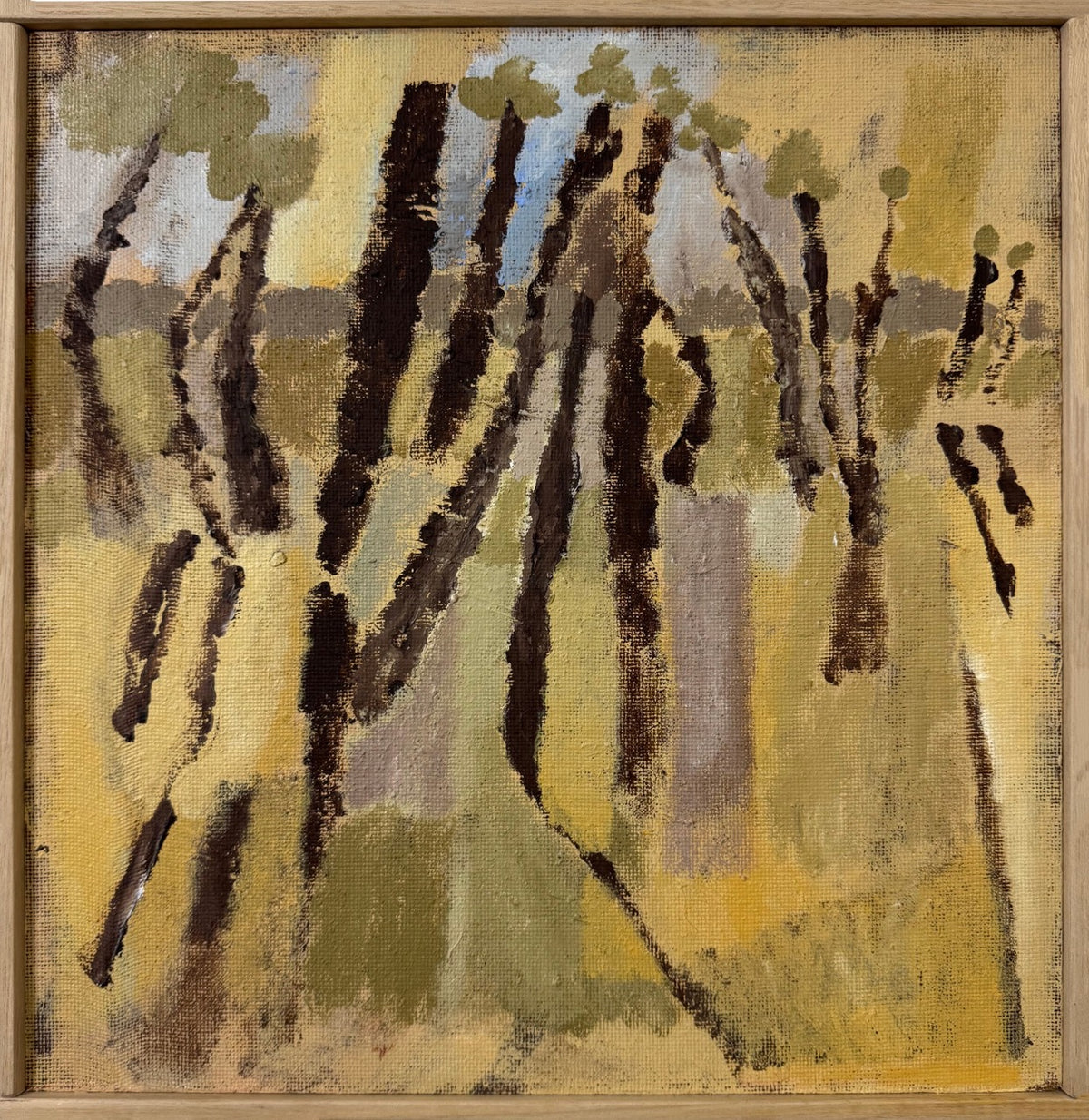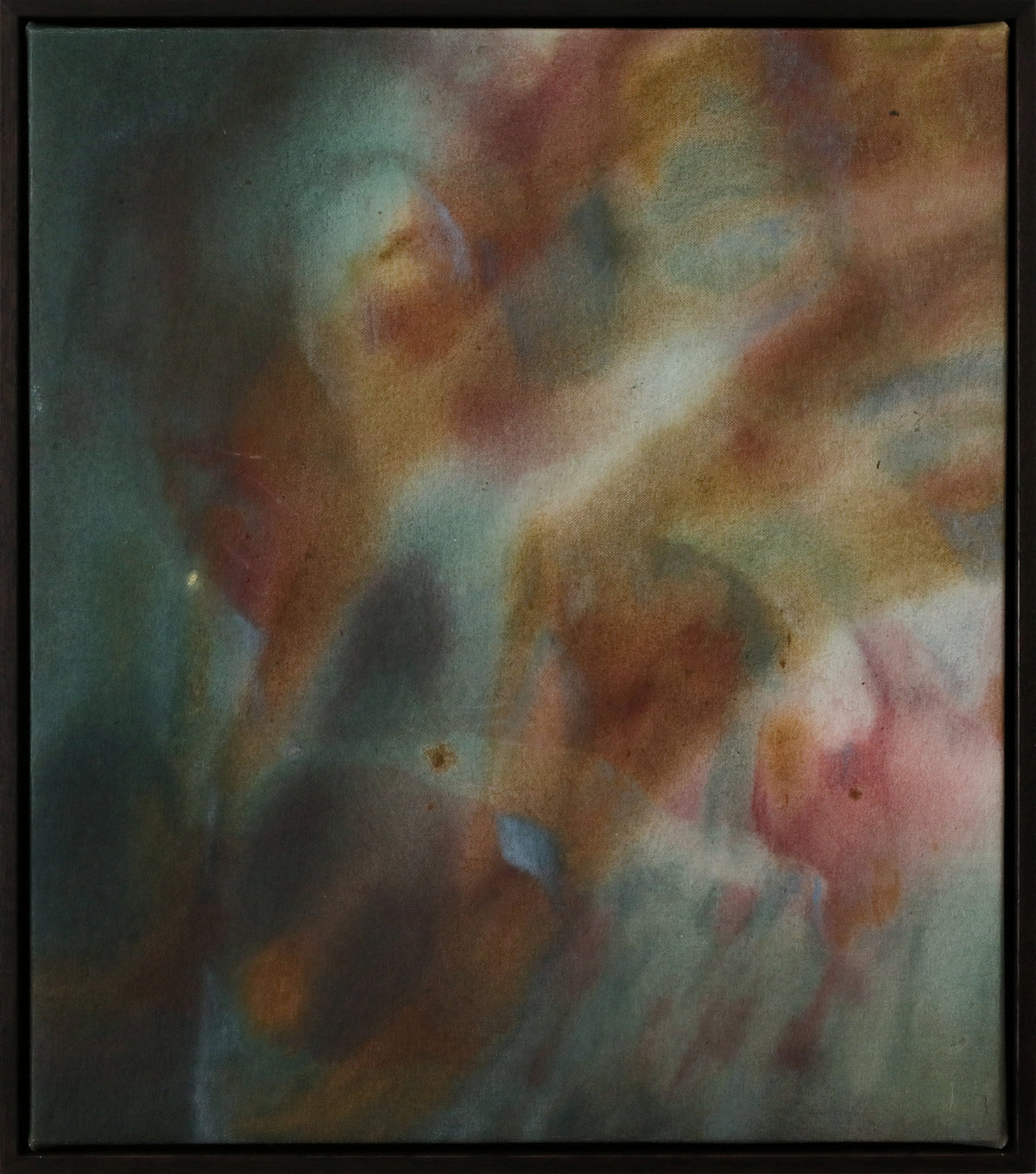Worrwurr 6171-25
The Worrwurr belongs to the Yirritja moiety and is an important totem. Dhuḏuthuḏu is the name for the frogmouth which is Dhuwa.
Ḏäṯiwuy and Ŋaymil sing this bird Dhuḏuthuḏu (Frogmouth - Podargus strigoides) together and it joins their two clans. They also connect to Gälpu and Djambarrpuyŋu through this law. Its country is near Yaŋunbi and is known as Warrathiri or Munumbal. Elders have said that it is not deep law but just something that they sing and dance.
This piece is made from renewable wood which is usually harvested from the tree in the dry season. Preferred woods are Maḻwan (Hibiscus Tiliaceus), Gunhirr (Blind-Your-Eye-Mangrove), Wuḏuku (mangrove wood), Barraṯa (Kapok). The first activity is to enter the monsoon vine thicket and cut the wood and carry it back to the vehicle. Often a long hike through prickly vines and scrub. the wood is skinned and left to dry for a short period. It is then shaped by knife or axe. After the surface is sanded smooth a layer of red paint is usually the first to go down.
The paints used are earth pigments. The red (Meku), yellow (Gaŋgul) and black (Gurrŋan) are provided by rubbing rocks of these colours against a grinding stone and then adding water and PVA glue in small quantities. A new batch of paint is prepared or renewed every few minutes as it dries or is used up. After an outline of the composition is laid down the Marwat or crosshatching commences. This is applied using a brush made of a few strands of straight human hair usually from a young woman or girl. The artist charges the Marwat (brush) with the paint and then paints away from themselves in a straight line. Each stroke requires a fresh infusion of pigment. The last layer to be applied is almost always the white clay (Gapan) which is made from kaolin harvested from special sites. This also has water and glue added after being crushed into a fine powder. An alternative to painting the cross hatching is to use a razor to incise fine lines and reveal the light coloured wood underneath.
About the artist:
Djul’djul is the daughter of the famous Gälpu clan artist Mithinarri Gurruwiwi. She is a very precise and knowledgeable wood carver and painter. Together with her sister Manany and brother Watjuku (deceased) they have inherited a lot of painting knowledge and skill from their father. All three artists also share the same Gumatj mother, Duwambu Burarrwaŋa.
Djul’djul’s husband was Burrŋupurrŋu (Bruce) Wunuŋmurra (deceased), a highly respected yiḏaki player and maker. She painted the yiḏaki he made, often with Gälpu clan designs from her own clan. These designs sometimes feature Wititj the olive python, djaykuŋ the file-snake and guḏurrku the brolga. At other times they are decorated with beautiful columns of diamonds, the sacred miny'tji belonging to the Dhaḻwaŋu clan, representing the freshwater system where their creation ancestor Barama emerged from the water.
These yiḏaki are highly priced among collectors and players world-wide, being commonly referred to as some of the best works available. Djul'djul's bark paintings, ḻarrakitj and carvings are now becoming sought after by dealers and collectors for their fine attention to detail. Recently she has also been producing worrwurr (owls) in collaboration with her sister Manany.
In recent years, Didiwarr, one of her sons, has been making yiḏaki that she has been painting. These instruments are often decorated with a coiled djaykuŋ at the distal end. This is a new collaboration, continuing the legacy of their work with Burrŋupurrŋu.
SHIPPING
Brunswick Street Gallery would be pleased to arrange a quote for shipping if you are unable to collect directly from us.
Please be advised that oversized and/or fragile artwork or artworks being sent to remote areas may incur additional shipping costs.
FLEXIBLE PAYMENT
Afterpay, Laybuy
EXHIBITIONS
Artworks purchased from current exhibitions will be available for collection or shipping after the exhibition has ended.
–




